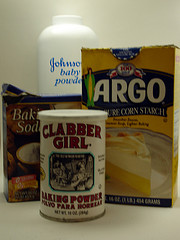 Saturday's lesson at my guild went well. We had a big group, & I think everyone enjoyed making coasters.
Saturday's lesson at my guild went well. We had a big group, & I think everyone enjoyed making coasters.
One question came up that I wasn't prepared for, though. I was talking about the different types of "resists" (also called release agents) you can use to keep your rubber stamp from sticking to polymer clay when you're stamping without ink. A spritz of water is one option, though it doesn't work for all clays (specifically, UltraLight Sculpey gets sticky when wet). Another option is dusting the sheet of clay with powder (such as baby powder, corn starch, or baking soda) before stamping.
As I was going over these options one of my guild members asked, "How do you keep the powder from filling in the grooves?" Apparently when she'd tried this in the past, the powdery bits had gotten stuck in the impressions of her stamped clay. I asked which type of powder she was using, thinking some powders might work better than others. But when she answered, I realized I didn't know what I was using!
See, I've had the same little baggie of white powder sitting on my craft desk for years. I poured a bunch of something into it a long time ago, and just haven't needed to refill it. And in the meantime, I've forgotten what I used. As an aside, this makes me slightly uncomfortable every time I drive to guild. What if a highway patrolman pulled me over? How would it look to have a little baggie full of white powdery stuff, especially if I couldn't readily identify what it was? I always drive especially carefully on guild days. :-)
Anyway, after I got home, I did a taste test to see what I'm actually using. (I don't recommend this, by the way. Baby powder and baking soda do NOT taste yummy.) Turns out my baggie's filled with corn starch.
The Test
Continue reading "Comparing Different Powders as Rubber Stamp Resists" »
, I realized I needed to upgrade. In the process, I learned a lot of things (mostly by doing them wrong!), and I wanted to share some of those lessons here.

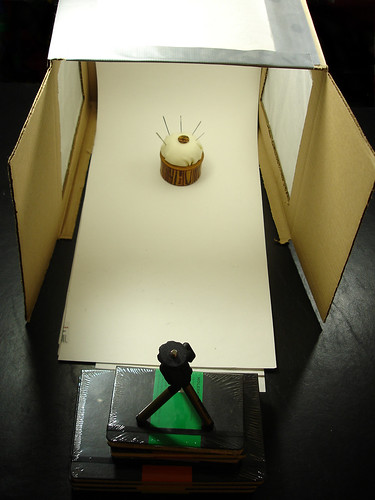

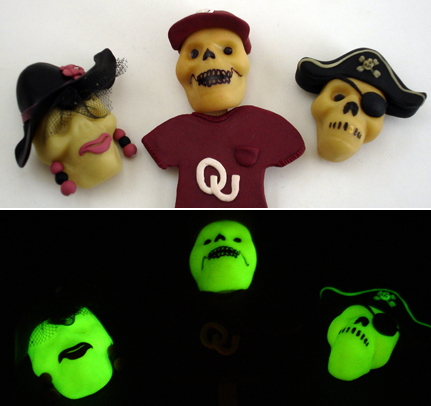



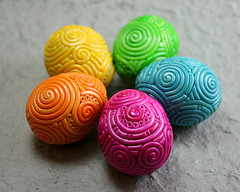






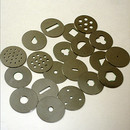



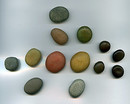














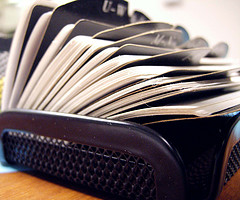

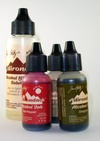
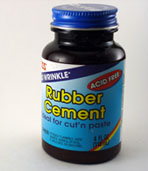 This will probably be a "well, duh" post for most of you -- but I thought I'd share it just in case there's anyone else out there like me.
This will probably be a "well, duh" post for most of you -- but I thought I'd share it just in case there's anyone else out there like me.

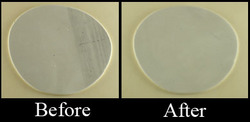
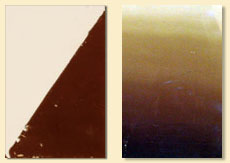 I thought I'd never figure out the Skinner Blend. Every time I tried it, I ended up with a widened, flat-colored blend of the two colors -- not a nice gradient like I wanted. I assumed the problem was with the size or proportion of my beginning triangles, so I studied the online tutorials and tried adjusting this and that... Still nothing.
I thought I'd never figure out the Skinner Blend. Every time I tried it, I ended up with a widened, flat-colored blend of the two colors -- not a nice gradient like I wanted. I assumed the problem was with the size or proportion of my beginning triangles, so I studied the online tutorials and tried adjusting this and that... Still nothing.  When you're doing an image transfer that includes text, you have to make sure the text is mirrored so it will end up the right direction on the polymer clay. Normally you'd do this by changing the "mirrored output" setting in the printer's advanced properties. But what do you do if your printer doesn't support mirrored output?
When you're doing an image transfer that includes text, you have to make sure the text is mirrored so it will end up the right direction on the polymer clay. Normally you'd do this by changing the "mirrored output" setting in the printer's advanced properties. But what do you do if your printer doesn't support mirrored output?
